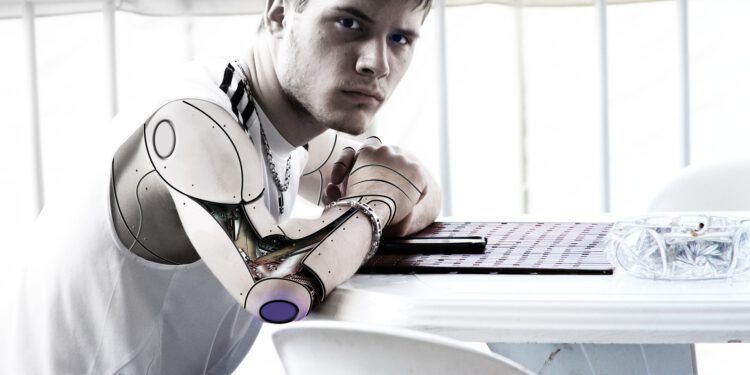The irruption of great technological innovations has traditionally led to the creation of new types of work, the destruction of others and the transformation of the activity carried out by the majority. Inventions such as the steam engine or electric power meant a tsunami in the world of work with important consequences in the labor market that caused important social movements such as the Luddite movement in the nineteenth century or the trade union movements in the nineteenth and twentieth centuries. The Internet and more broadly the whole process of digitalization of the economy are also among the great technological movements, those that change the rules of the game of the labor market.
While it is good to remember that previous technological revolutions have been net work creators, it is logical that they cause some uncertainty in the labor market, especially in the segments of employees most exposed to changes.
If in the previous industrial revolutions, there was a devaluation of the importance of physical force, which was replaced quickly by engines and machines, and of some activity in tasks with low cognitive were able to automate, in this new revolution affected the most are activities that have a particular cognitive level (see Figure 1). In a first phase that we call digital revolution will affect those with a high level of proceduralization such as online marketing or basic customer service, and later, the development of artificial intelligence will affect less proceduralized activities such as decision making. Also activities with low cognitive level and proceduralization such as home cleaning, which until now have been kept out of mechanization, begin to feel the threat of being replaced with the development of advanced robotics.
Figure 1. – Evolution of the incorporation of technologies for the realization of works
Source: Fundación Telefónica.
A situation that affects too many types of activities and too many jobs, which has attracted the attention of important academic studies. Thus, a study by the University of Oxford has analyzed the probability of automation by computer systems of 702 professional activities in the United States in 2020 and the impact that this automation can have on the labor market. Figure 2 shows the professions most and least threatened by this change and how there is a robot for each job.
Figure 2. – Professions that are more and less likely to be automated
Source: Frey C., Osborne M. (2013): The Future of Employment, How Susceptible are jobs to computerization?
Despite the alarming appearance of these data, it is interesting to recall again that in all technological revolutions, a serene analysis, once certain years have passed and the phenomena can be assessed with a certain objectivity, shows how the final balance in employment is positive.
In the case of the digital revolution, we have to take into account the number of jobs associated to ICT, and other careers in technology and science that are not expected to be covered in the future due to lack of qualified staff. For example in the United States it is estimated that in 2018 there will be a difference between job vacancies related to big data and the available professionals with the necessary analytical skills of between 140,000 and 190,000 positions.
A study carried out for the European Commission, estimates that in 2020 in Europe there may be a demand for unmet ICT professionals, which would range from 730,000 in a low economic growth scenario to 1,346,000 in a disruptive scenario.
In addition, new professions will appear, radically different from the current ones. Some of them could be: drone pilots, coordinators of the human-machine relationship in the workplace, data scientists, auditors of shareable goods in the collaborative economy, fashion designers, food… with 3D printing, augmented reality architects, gamification designers, tele-surgeon, virtual coach, digital money advisor, personal online presence manager, simplification expert, restorer of wild environments, robot trainer, or knowledge analysts…
It is therefore a situation of transformation rather than evolution, in which new questions arise such as What will be our relationship with robots and intelligent machines in our working environment? and in which every time we try to solve a question, many more arise. Despite this situation of uncertainty there are some things that we can count on as safe, as show the Think Tank held by Fundación Telefónica on this subject. The most important is that for now creativity is a human capacity that is not yet possible to be replicated and perhaps never is. The other great certainty is that training and education will be our fundamental weapon to face the new challenges in the world of work. There is no doubt that both companies, administrations and individuals must keep these two principles in mind to successfully address the challenges of working in a world of intelligent machines.








